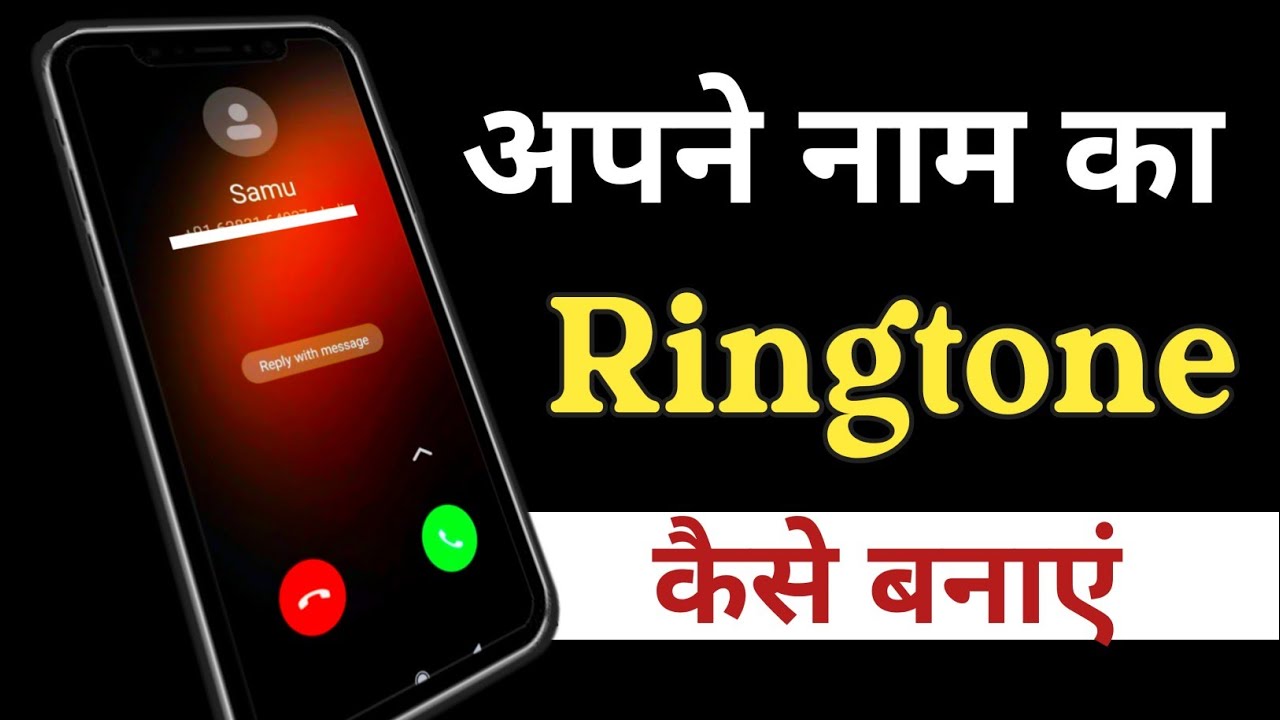record studio quality in Android phone: In this modern era, recording high-quality audio no longer requires expensive studio equipment. You can achieve impressive results using just your Android phone. Whether you’re a musician, podcaster, or content creator, this easy-to-follow guide will show you how to record studio-quality audio on your Android device. So, grab your phone, put on your headphones, and let’s get started!
How to Record Studio Quality in Android Phone: A Step-by-Step Guide
1. Why Does Audio Quality Matter?
Before we begin, let’s understand why audio quality is so important. High-quality audio enhances the listening experience, making your content more engaging and professional, whether it’s music or voice recordings.
2. Choosing the Right Recording App
To start recording studio-quality audio on your Android phone, you’ll need a reliable recording app. There are many options available on the Google Play Store. Look for apps that offer features like high-resolution recording, noise reduction, and equalizer adjustments.
3. Optimizing Your Phone’s Settings
To achieve the best audio results, optimize your Android phone’s settings. Disable unnecessary notifications, turn on airplane mode to minimize interference, and make sure you have enough storage space for uninterrupted recording sessions.
4. Selecting the Right Microphone
While your Android phone’s built-in microphone can do a decent job, using an external microphone will greatly improve the audio quality. Invest in a good-quality microphone that suits your recording needs, whether it’s for interviews or musical performances.
5. Positioning and Creating Good Acoustics
To capture studio-quality audio, proper positioning and acoustics are crucial. Choose a quiet environment for recording, reduce background noise by using soundproofing techniques, and experiment with microphone placement to find the best sound capture spot.
6. Adjusting Levels and Settings
Before you start recording, make sure your audio levels are properly set. Monitor the input levels to avoid clipping and adjust the gain accordingly. Also, explore the settings within your recording app to optimize sample rates, bit depths, and file formats for the highest quality output.
7. Using External Audio Interfaces
For even more professional-grade recordings, consider using an external audio interface. These devices connect to your Android phone and offer advanced audio processing capabilities such as preamps and analog-to-digital converters, resulting in superior sound quality.
8. Monitoring Your Recordings
While recording, it’s important to monitor your audio in real-time. Use headphones to listen for any background noise, distortion, or inconsistencies during the recording process. This allows you to make necessary adjustments on the spot and ensure the best possible outcome.
9. Editing and Post-Production
Once you’ve completed the recording, it’s time to polish your audio through editing and post-production techniques. Trim any unwanted sections, apply noise reduction filters, adjust frequencies using an equalizer, and add effects to enhance the overall sound quality. You can find several editing apps on the Google Play Store to help you with this.
10. Exporting and Sharing Your Recording
After adding the final touches, export your studio-quality recording in a compatible format. Choose a high-quality file format like WAV or FLAC to preserve the integrity of your audio. Finally, share your masterpiece with the world by uploading it to your preferred platforms or using it in your creative projects.
Frequently Asked Questions (FAQs)
FAQ 1: Can I record studio-quality audio on my Android phone?
Absolutely! With the right techniques and equipment, you can achieve exceptional studio-quality recordings using your Android device.
FAQ 2: Do I need to buy an external microphone?
While the built-in microphone can produce decent results, using an external microphone will significantly improve the audio quality.
FAQ 3: Which recording app should I use?
There are several recording apps available on the Google Play Store. Look for apps that offer advanced features like high-resolution recording and noise reduction.
FAQ 4: How can I reduce background noise during recording?
Choose a quiet environment for recording and use soundproofing techniques to minimize background noise. Additionally, using a directional microphone can help isolate the sound source and reduce unwanted noise.
FAQ 5: Can I edit and enhance my recordings on my Android phone?
Yes, there are various editing apps available on the Google Play Store that allow you to trim, adjust levels, apply filters, and add effects to your recordings.
FAQ 6: What file format should I use when exporting my recordings?
For the highest quality, consider exporting your recordings in lossless formats like WAV or FLAC.
Conclusion
Recording studio-quality audio on your Android phone is easier than ever. By following the steps outlined in this guide, you can unlock the potential of your device and produce professional-grade recordings. Remember to choose the right recording app, optimize your phone’s settings, use external microphones and audio interfaces when needed, and pay attention to positioning, acoustics, and editing techniques. With practice and dedication, you’ll soon be capturing studio-quality audio on the go.






